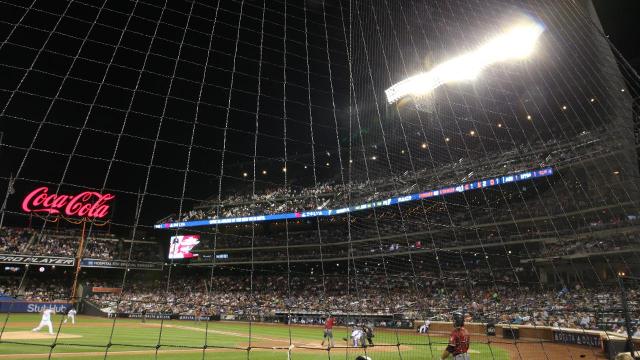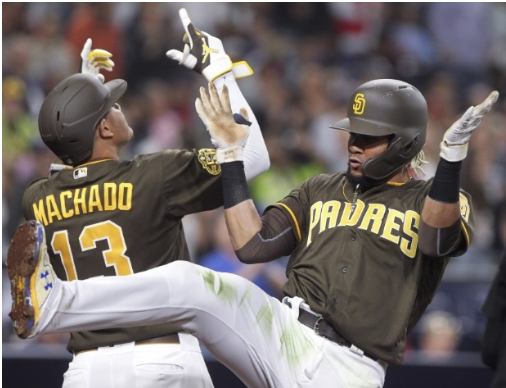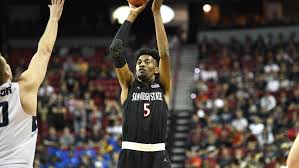Breven’s Blog: MLB Ballpark Netting
One of the biggest topics of discussion over the past couple of years in Major League Baseball has been ballpark netting. We have seen people get hit by foul balls and players have called to extend the netting. However, players still want to have the connection with fans, whether it is through fans receiving autographs, […]




